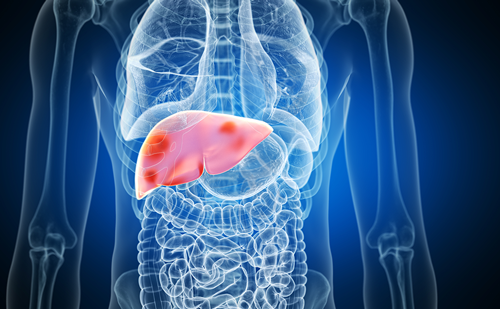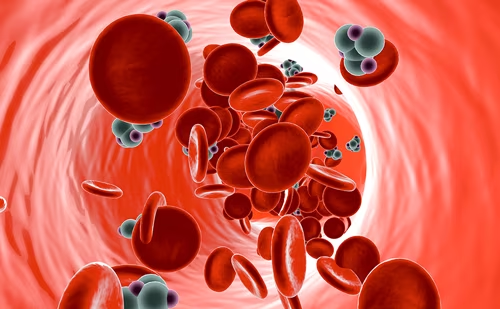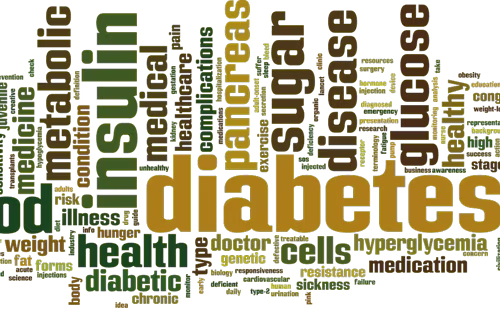Diabetes is a multifactorial, life-threatening chronic disease characterized by a dysregulation of the endocrine and metabolic pathways involved in the control of blood glucose levels resulting in hyperglycemia. Uncontrolled diabetes gradually impacts on the nervous and circulatory systems, resulting in irreversible long-term complications.
Diabetes is a multifactorial, life-threatening chronic disease characterized by a dysregulation of the endocrine and metabolic pathways involved in the control of blood glucose levels resulting in hyperglycemia. Uncontrolled diabetes gradually impacts on the nervous and circulatory systems, resulting in irreversible long-term complications. In 2010, approximately 8.3 % of the US population—or 25.8 million people—had diabetes either diagnosed (18.8 million) or undiagnosed (7.0 million) and a further 79 million people were estimated to have pre-diabetes according to the Centers for Disease Control and Prevention.1 Chronic hyperglycemia is a hallmark of diabetes regardless of the pathophysiological mechanism of the disease and is regarded as a central player in the development of acute complications—such as hypoglycemic coma, ketoacidotic coma, hyperosmolar non-ketonic coma, myocardial infarction (MI), and stroke—and chronic complications—such as diabetic nephropathy, retinopathy, neuropathy, cardiovascular diseases, peripheral vascular diseases, and periodontal diseases (PDs).
PDs are chronic, microbially induced inflammatory disorders of the tooth-supporting tissues (periodontium) characterized by the progressive destruction of those tissues and ultimately resulting in tooth loss. PDs are the most common inflammatory and bone lytic diseases of humans. Up to 75 % of North American adults experience the morbidity and decreased oral function associated with alveolar bone destruction and subsequent edentulism during their lifetime. Oral bone loss takes on additional importance because of recent evidence linking PDs with systemic health conditions including diabetes, cardiovascular disease, and cancer as well as with giving birth to premature children.
To view the full article in PDF or eBook formats, please click on the icons above.







